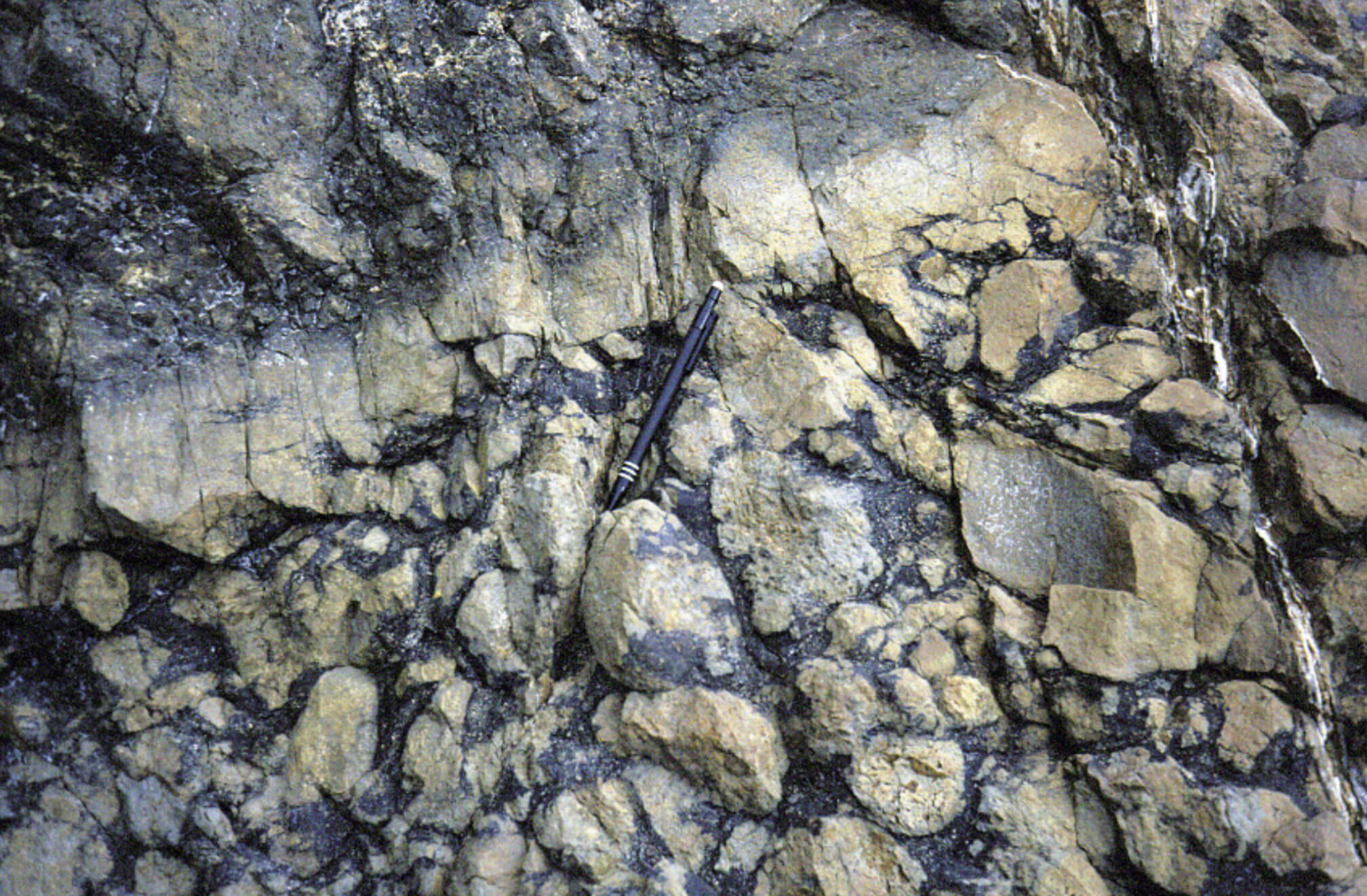
How to Cite
Share
Abstract
The discovery in 2002 of a gold mineralised quartz-carbonate vein at Ubekendt Ejland, central West Greenland, yielding 0.6 ppm Au over 0.7 m, led to a reconnaissance sampling project in summer 2003. Most of the accessible quartz-carbonate veins on the south-east coast of the island (Figs 1, 2) were sampled during boat-supported field work. Massive sulphide mineral deposits (Fe-Zn-Pb) were located in the centre of brecciated quartz-carbonate vein systems at several places along the south and south-east coast of the island, and gold anomalies mainly associated with the occurrence of the massive sulphides were identified. Pervasive hydrothermal alteration of the volcanic wall rocks surrounds the quartz-carbonate vein systems, which comprise low-temperature mineral assemblages dominated by dolomite and veined by chalcedony and fibrous silica. Evidence of oil migration into volcaniclastic rocks prior to the intense hydrothermal activity was found in several places in the form of organic carbon, interpreted to be pyrobitumen, that infills pores and cavities in hyaloclastites.
How to Cite
Share
Downloads
Editors: Martin Sønderholm & A.K. Higgins
The Review of Survey activities presents a selection of 23 papers reflecting the wide spectrum of activities of the Geological Survey of Denmark and Greenland, from the microbial to the plate tectonic level.
The Survey's activities in Denmark are documented by ten papers. These include discussion of the [...]










